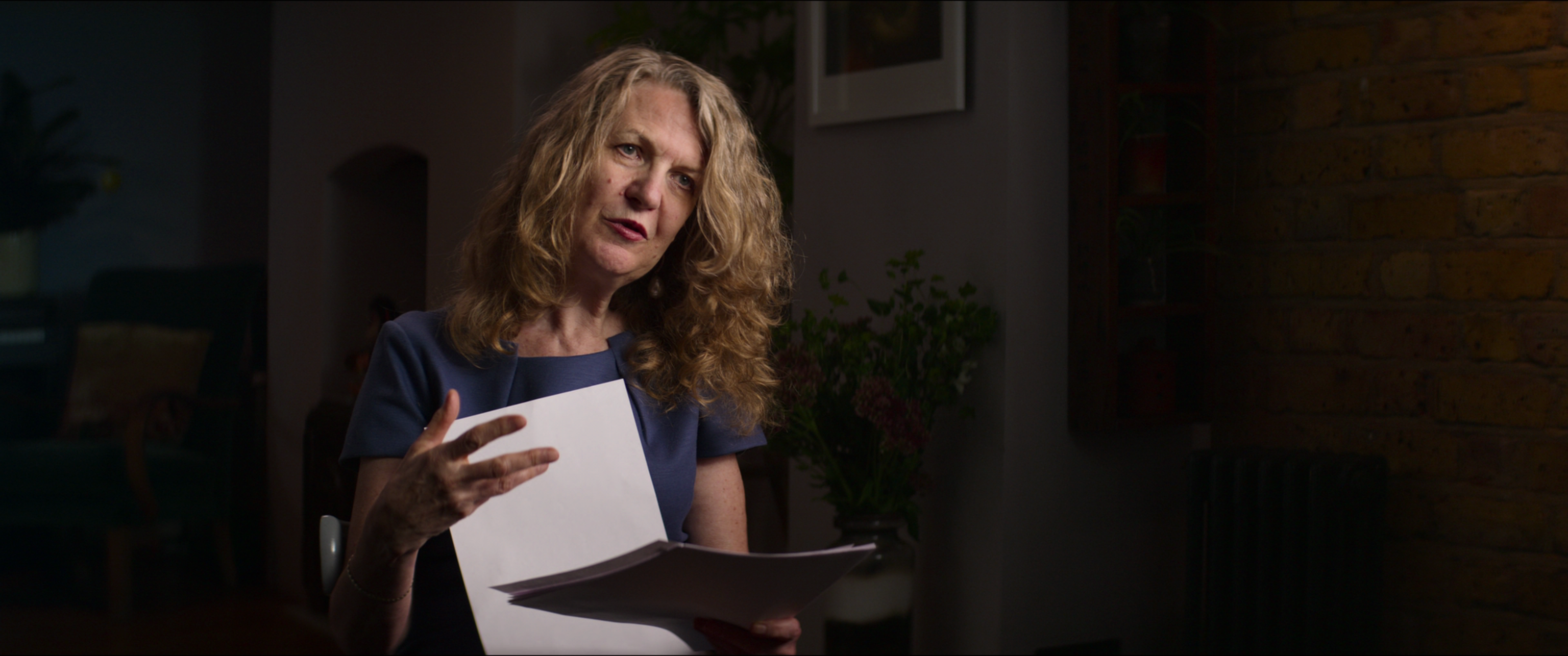- Eight series for those who no longer know which series to watch
- The 10 series with the most handsome protagonists you can watch now
Jung Yoo-jung, a 23-year-old Korean woman, killed another woman and dismembered her only because she was "curious about the murder." The girl was fond of the genre of true crime, increasingly aunte on streaming platforms. And, if you are not a user of the genre, you may believe that 'true crime' is something minority. You'd be wrong. According to the Open University of Catalonia (UOC), this genre is already "the second favorite by the viewer, only behind comedy, according to data from Kantar's TGI Global Quick View study, conducted on video users in more than 35 markets around the world".
Obviously, from no isolated case can a universal law be drawn, and although Jung Yoo-jung's is not the first case of a person whose crimes are related to a movie or a series – for example, in 1981 John Hinckley became so obsessed with a teenager Jodie Foster, who played a prostitute in the movie 'Taxi Driver', who tried to assassinate Reagan to get the attention of the actress – it is clear that most people who consume 'true crime' do not go around trying to imitate the atrocities of the protagonists of the documentaries. Backwards. According to experts, those who consume 'true crime' are more likely to suffer from another type of psychological problem. Now we'll see which one.
What exactly is true crime
It is a genre of non-fiction, although sometimes it uses it to reconstruct situations giving them more dramatic intensity, which develops in detail (sometimes it expands up to 10 chapters or more) cases of murders, rapes and other crimes the more macabre and mysterious the better. Asked why we are attracted to these dark stories, which really make those who see them suffer, Mireia Cabero, associate professor of Psychology and Education Sciences at the UOC, believes that "people are worried about the unknown and the threatening. Some find a false sense of control and security by exposing themselves to detailed information about everything they find frightening and strange."
On the other hand, adds to the above Marc Balcells, professor of Criminology of the Estuios of Law and Political Science of the same university, "adds the hope of the viewer that the story has an end where good triumphs over evil, we have the belief of a just world and we want happy endings. That need for reaffirmation hooks us."
Women, more fond of true crime
The fact is that women are the main consumers of this type of audiovisual product, especially in Spain, both in television and podcast format (80%). Generations X and millennials are the main consumers. Experts explain that this may be due to several causes: we feel more identified with the victims and therefore we are interested in knowing to be alert, and that we use them as a form of learning (at least, that the same thing does not happen to us).
Some experts have warned, on the other hand, that excessive consumption of this genre of non-fiction can be harmful to health, since it can lead us to feelings of fear inside the house, to feel threatened for no reason and even to modify our behavior for fear of becoming victims of similar events. We do not doubt that this can happen to many people, but it is not the case of our true crime addict, a 69-year-old from Madrid who lives alone and whom we will call Cristina P. "I love 'true crime' because it keeps me in suspense, intrigues me, excites me ... Of course it scares me, but I'm also very curious, both the mind of the killer itself and the way the investigation unfolds." With her opinions and those of María Ruisánchez we have prepared this list of essentials, if you are curious to know the genre:
An image of the true crime 'The Yorkshire Ripper'. NETFLIX
Conversations with Killers: The Joffrey Dahmer Tapes. Structured in several creepy chapters, it delves into the figure of the cannibal killer who gave rise to one of the best series of 2022. Netflix.
I just killed my father. Documentary miniseries about Anthony Templet, who shot his father and recognized him, but whose motive and motivations far exceed those of a conventional killer.
The Yorkshire Ripper. About Peter Sutcliffe, British serial killer who tortured, killed and maimed 13 women between 1975 and 1980.
The house of secrets. Death in Burari. Over the course of three episodes the series examines the facts and theories, truths and lies surrounding the death of eleven members of a family in Delhi.
The Staircase. The Netflix series, structured in two seasons, had a series as a sequel, but it is worth following the documentary, for a singular matter: the defendant himself put the means for the documentary to be made, with which, except for the crime itself (the wife of the protagonist dies at the end of a staircase with horrible wounds, which makes him instantly suspicious), everything that followed is, as they say, recorded in real time. Very interesting.
Crime scene: The Times Square killer. New York, 70s. The torso killer preys on women to satisfy his grotesque fantasies while eluding the police. From Netflix.
Police Chase: The Boston Marathon bombing. The tragedy caused by the explosion of a bomb at the finish line of the Boston Marathon. Two brothers carried out the attack by planting two homemade pressure cooker bombs that caused three deaths and numerous injuries.
Conversations with Assassins: The John Wayne Gacy Tapes. John Wayne Gacy, better known as the killer clown, sexually abused and sadistically murdered more than 30 men, mostly minors, between 1972 and 1978. It makes your hair stand on end from minute zero.
- Series
- Netflix
According to the criteria of The Trust Project
Learn more

